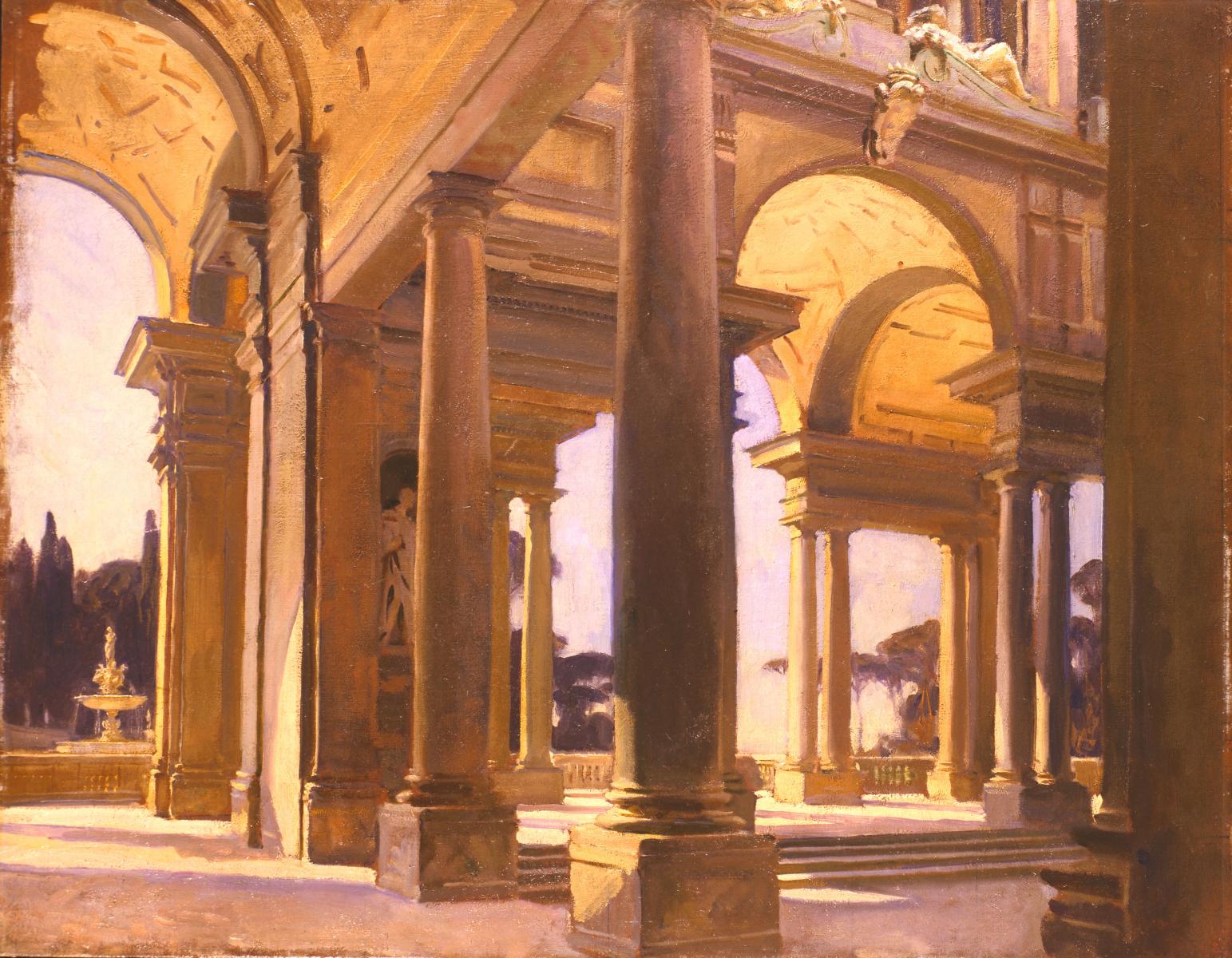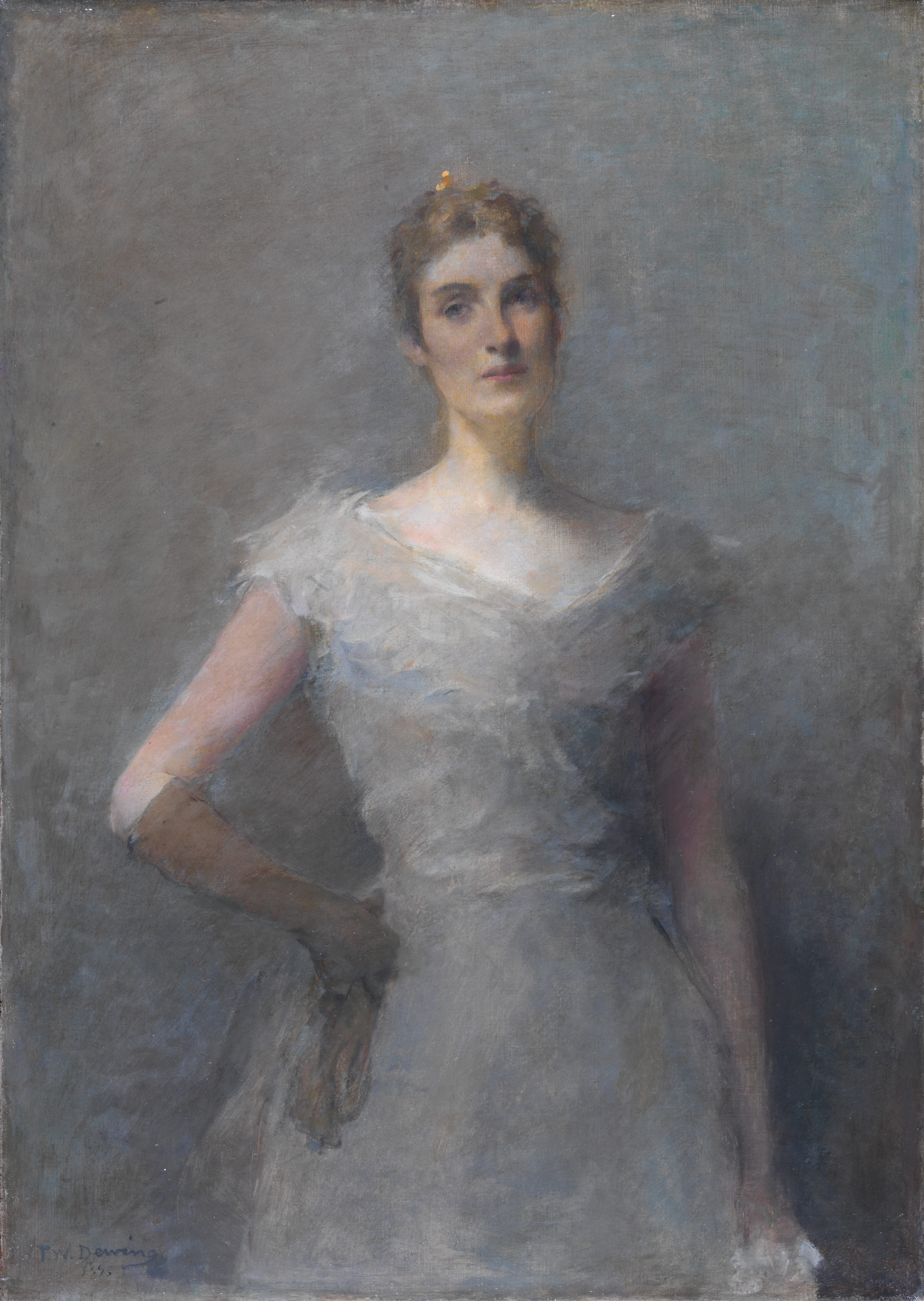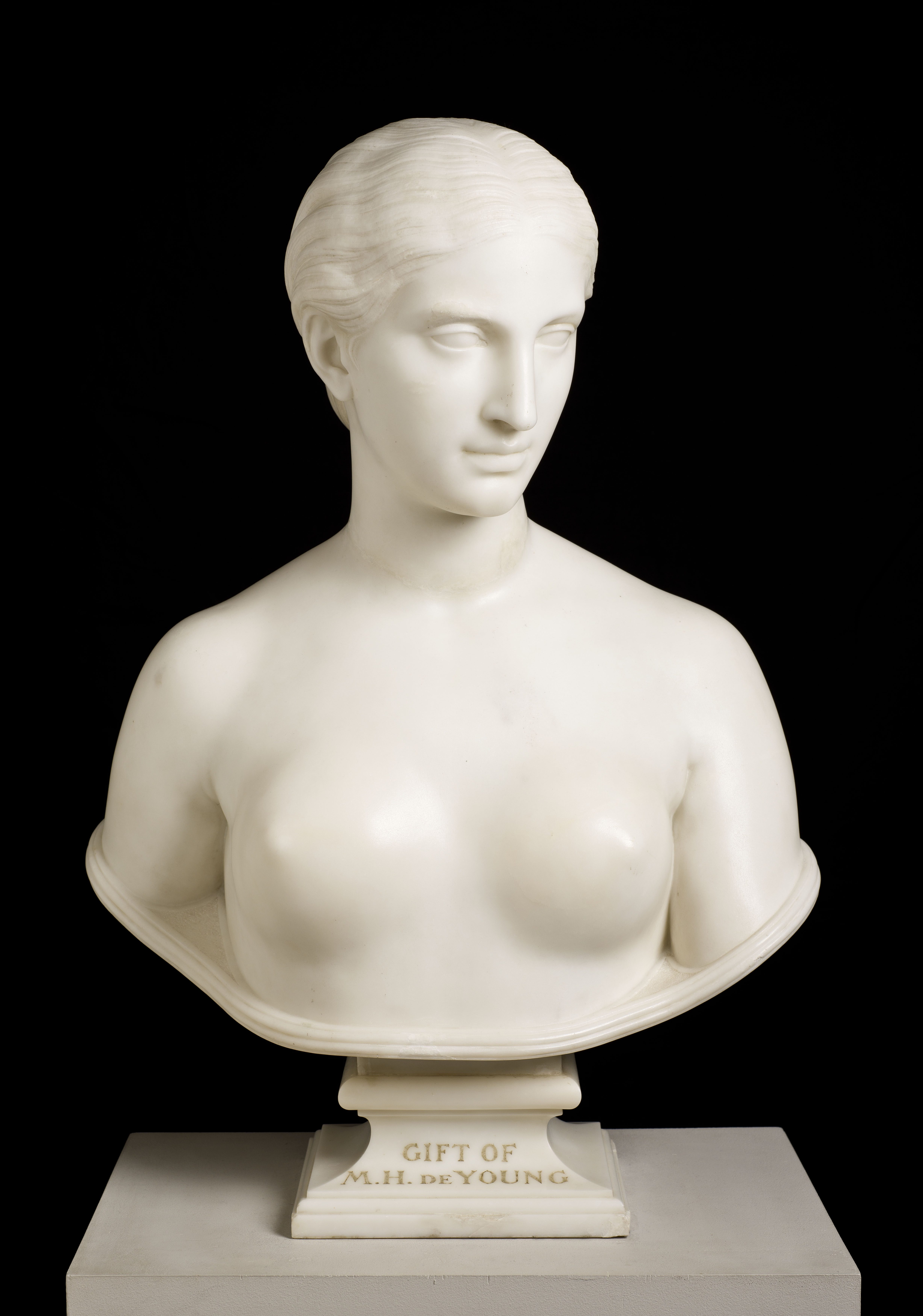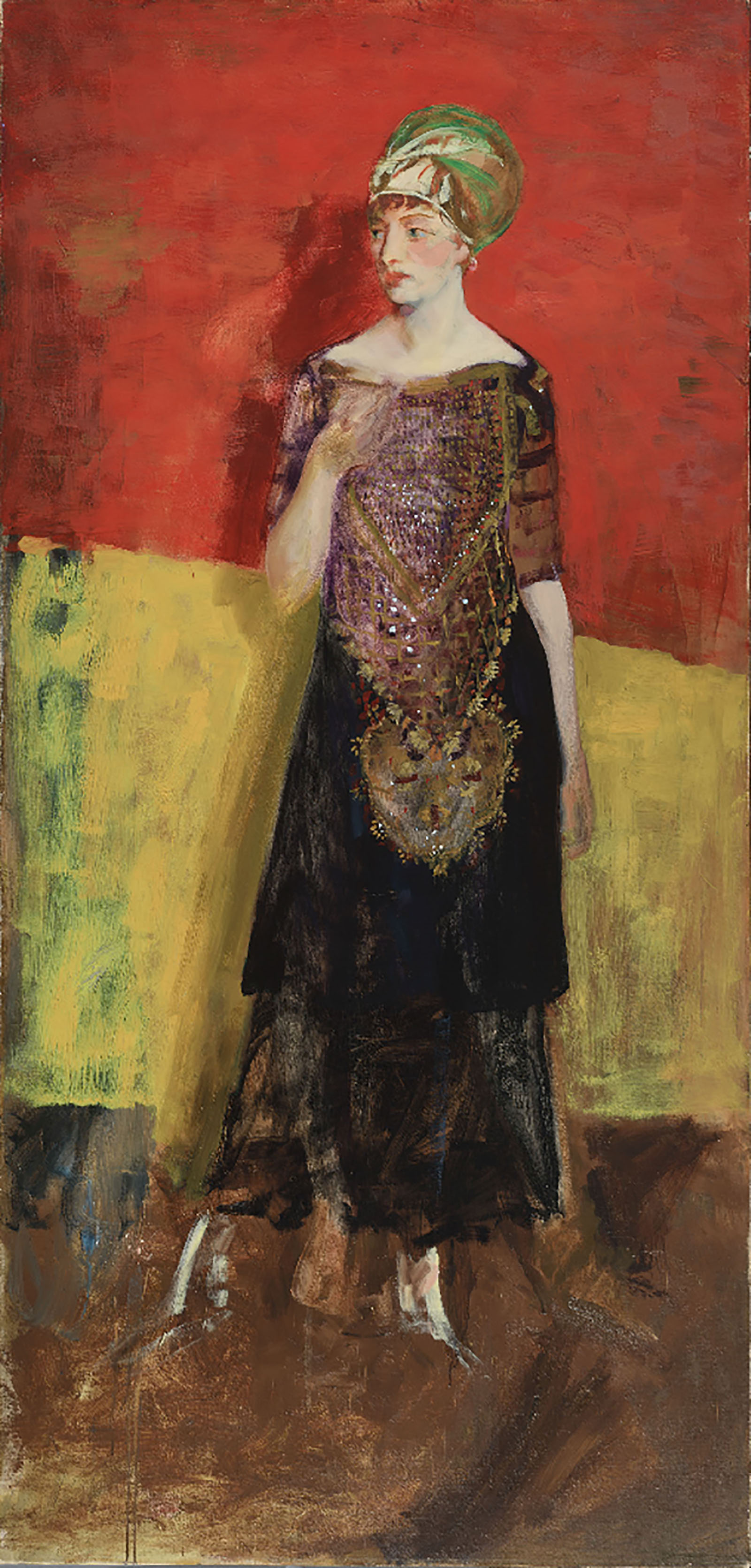Study of Architecture, Florence

In this view of Florence, Italy, Sargent places the viewer in front of the portico of the Uffizi Gallery. We look through the columns and archways towards the lush Boboli Gardens across the Arno River. Sargent collapses the distance between these two landmarks, creating a single place where the morning sun illuminates the day, bathing the city's great artistic and natural treasures in a golden glow.

![Helen of California [Helen Wills] by Haig Patigian](/sites/default/files/2018-12/patigian_1_index.jpg)

